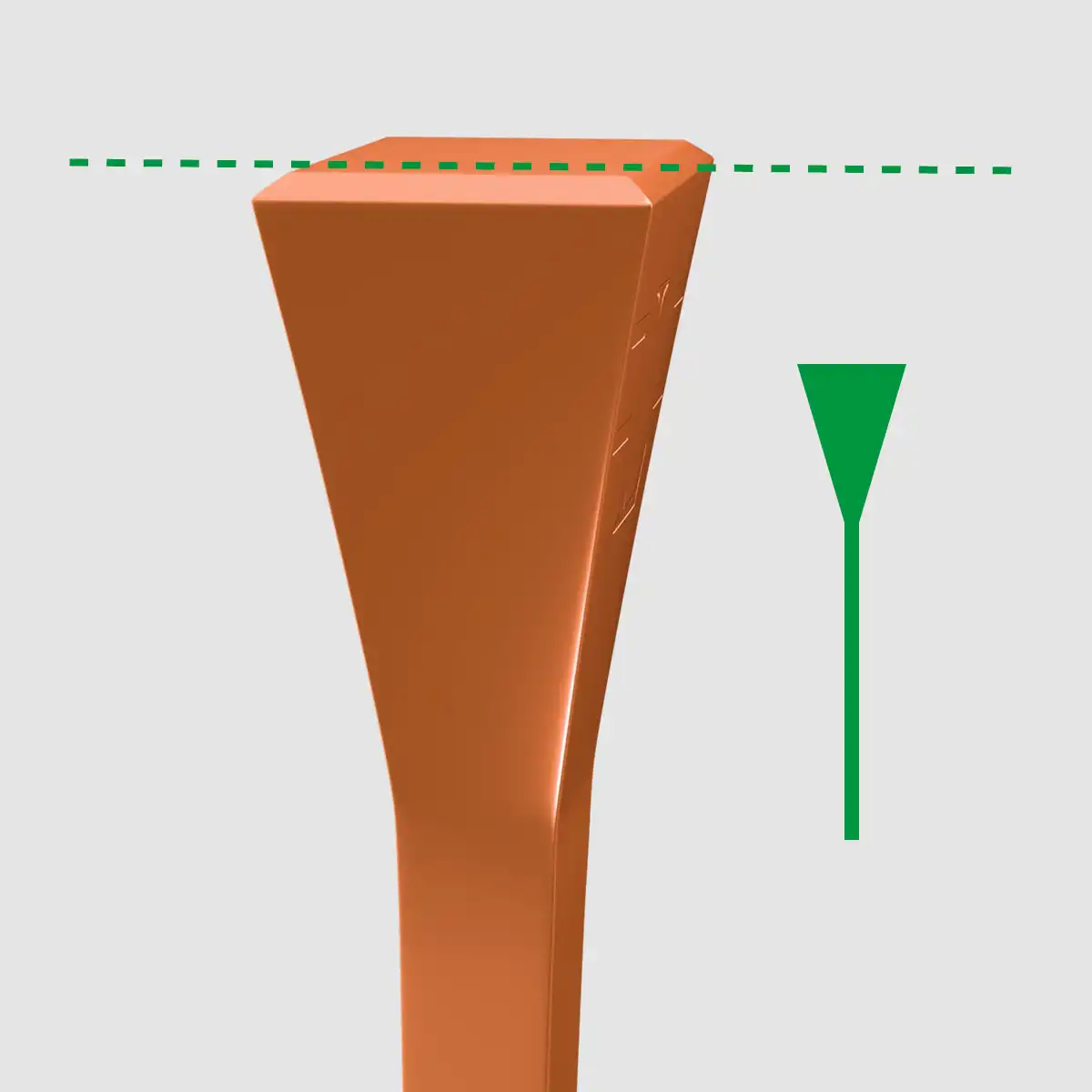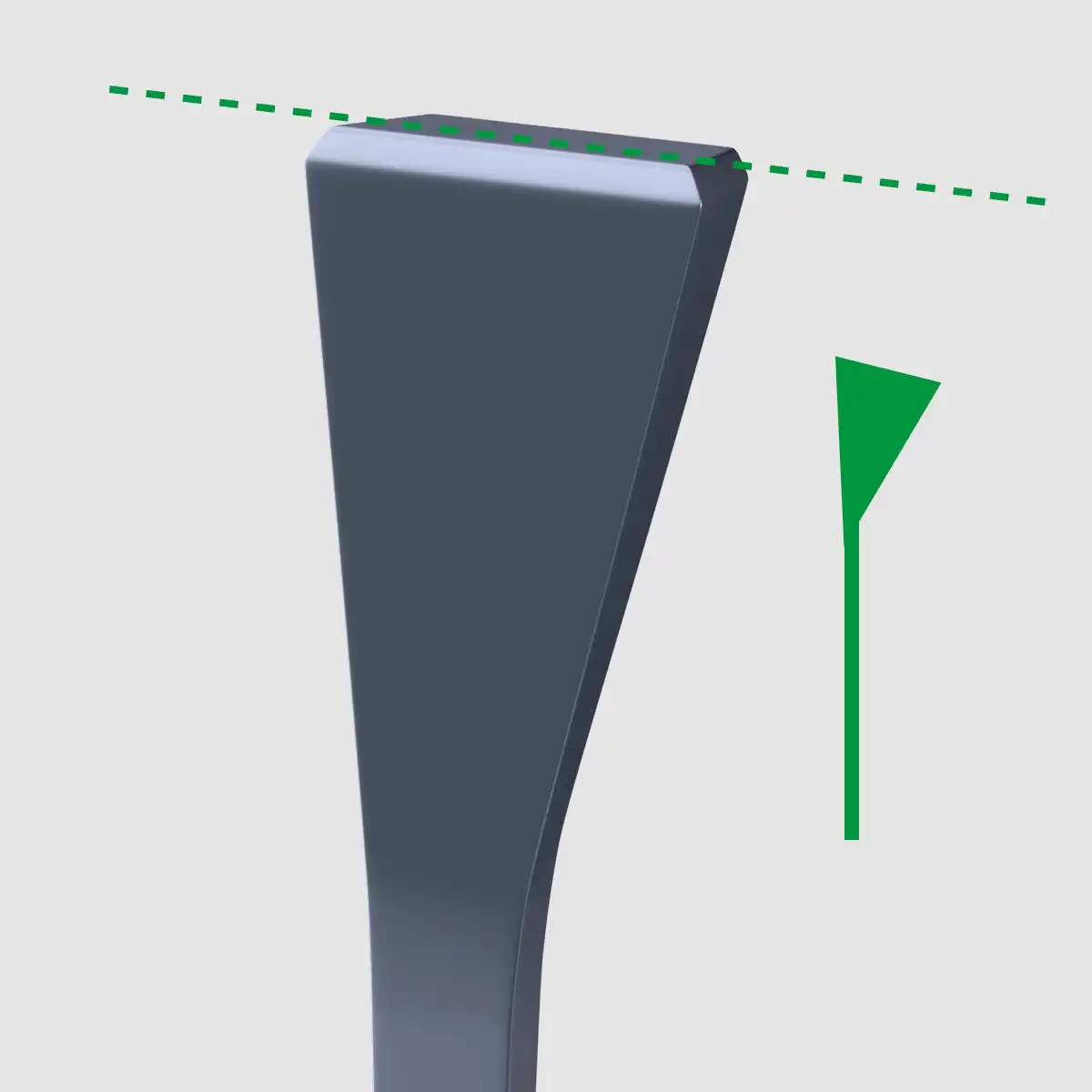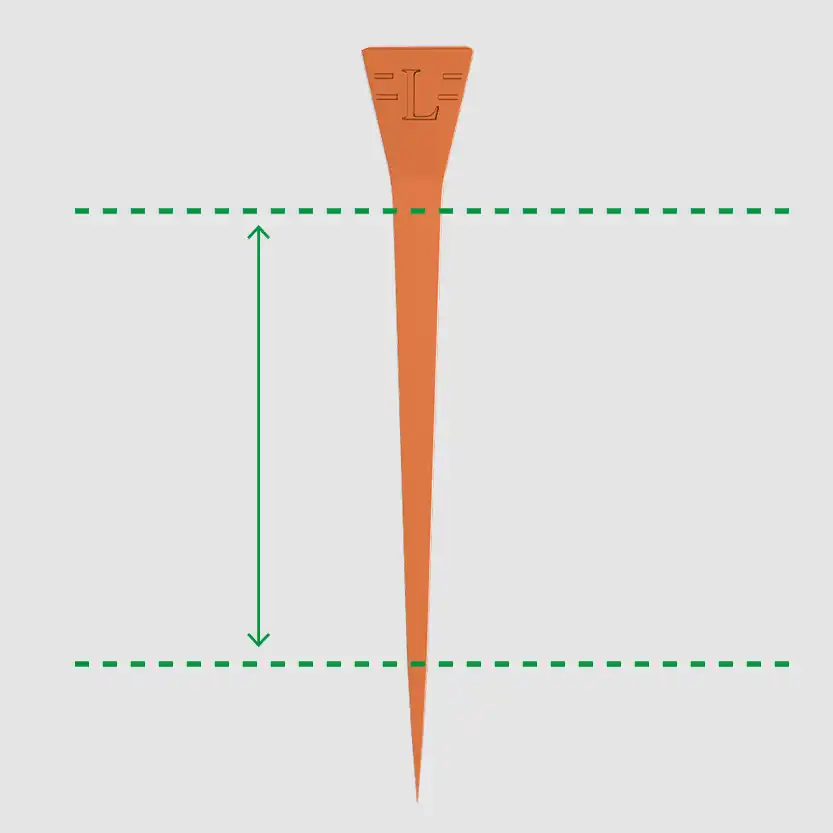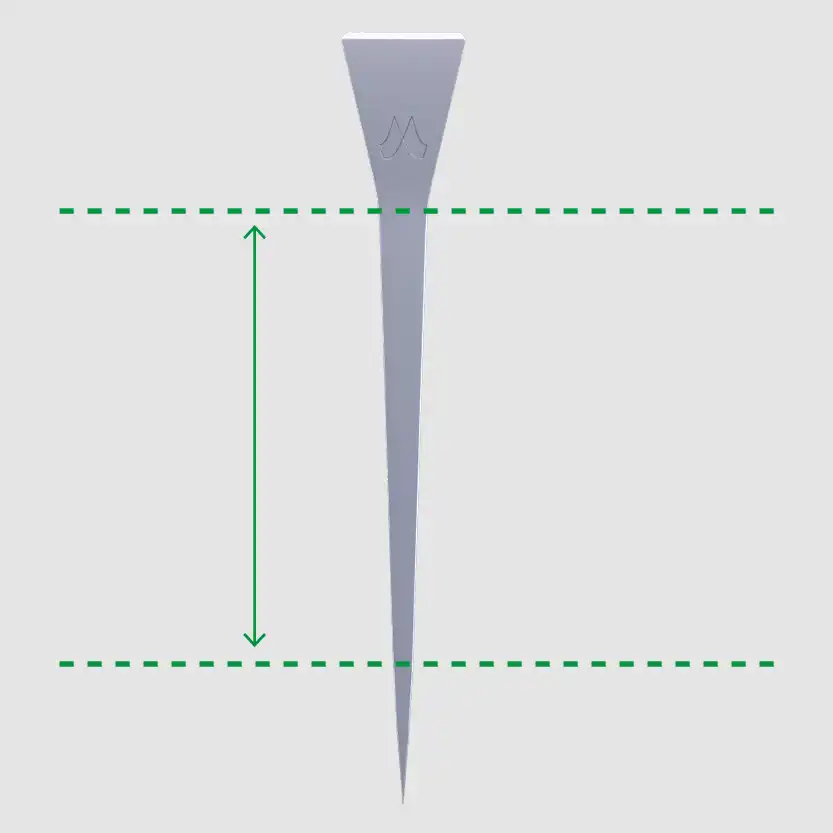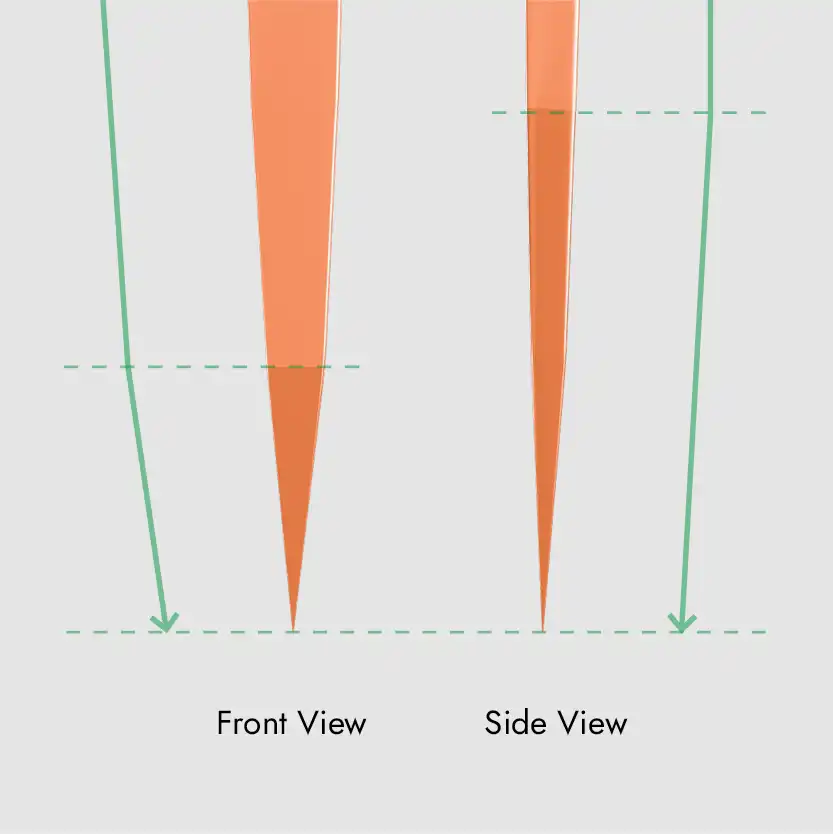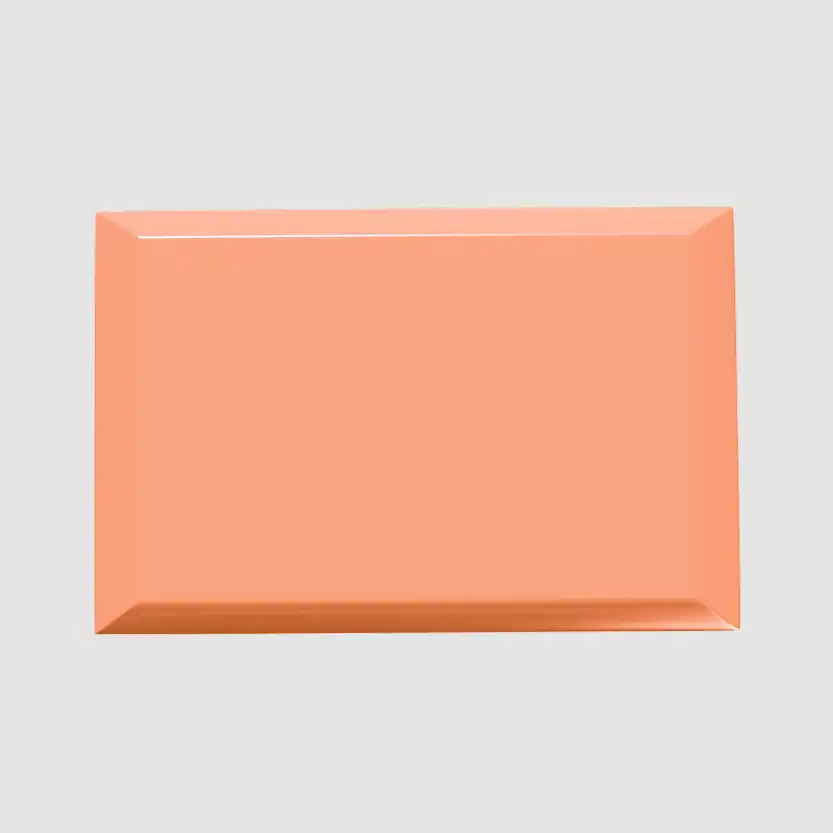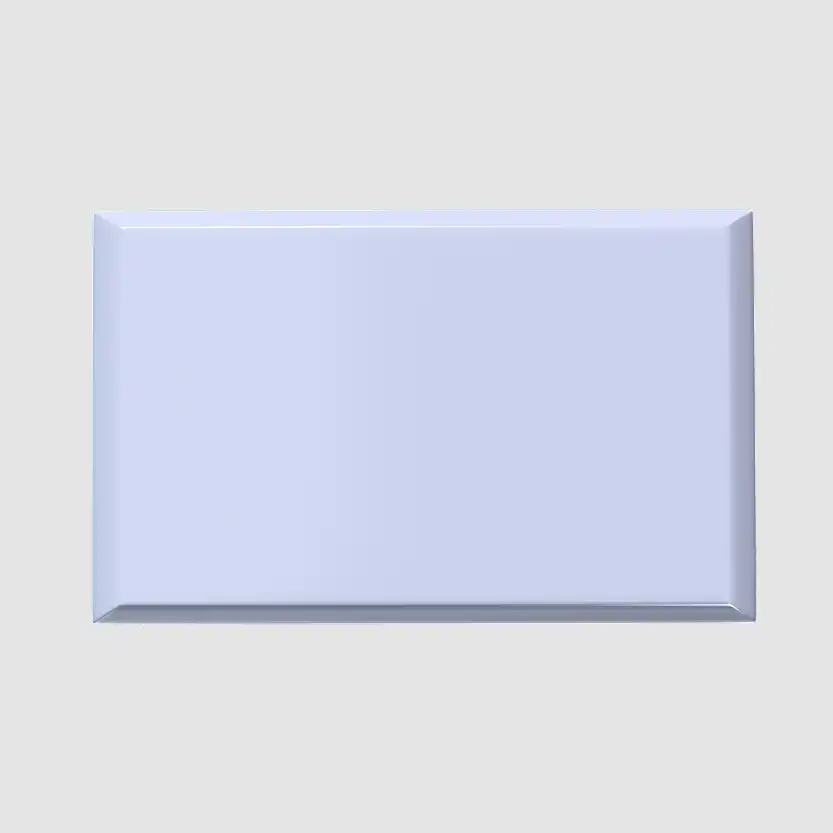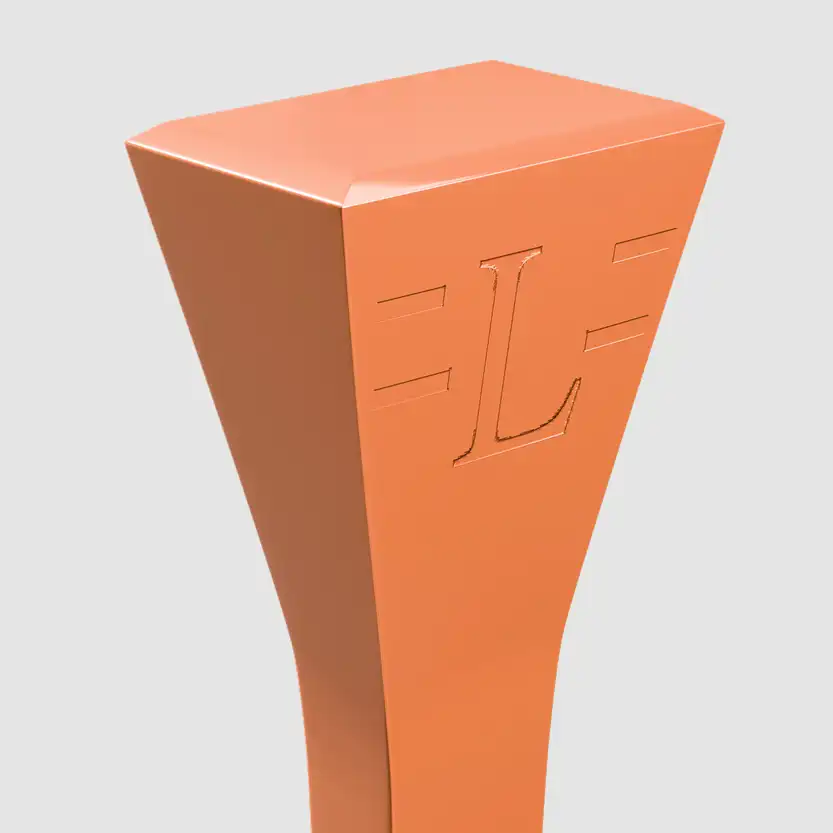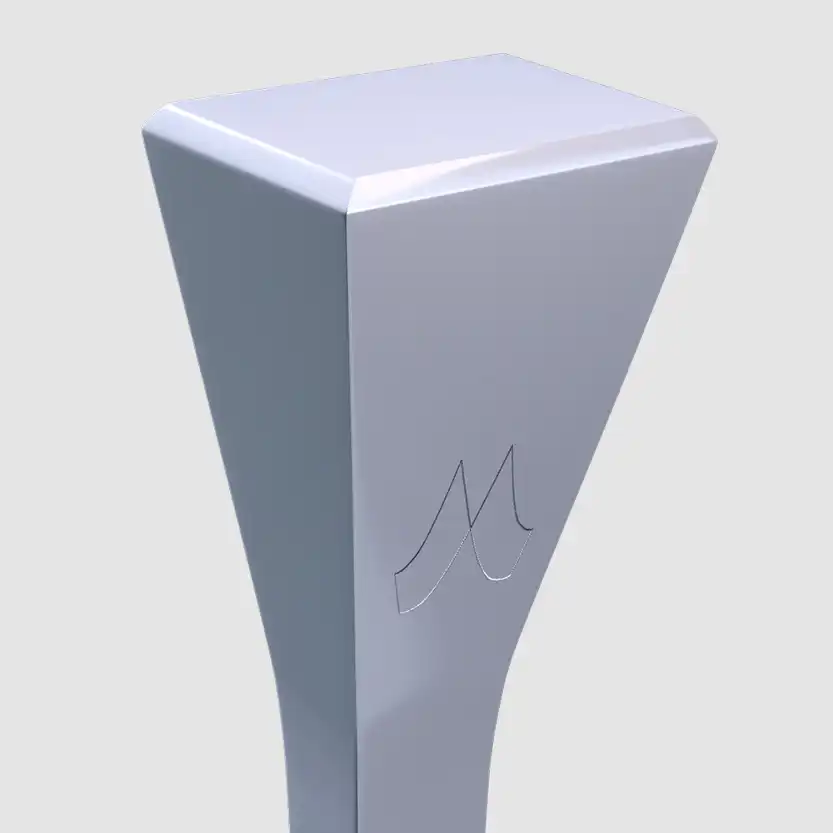From Head to Toe - About Horseshoe Nails
1. The Angled Nail Head (Pitch)
An angled (or pitched) nail head means that the head of the nail is set slightly slanted in relation to the shank. This tilt is minimal but deliberately designed.
Advantages of an Angled Nail Head
1. Guides the nail parallel to the hoof wall
The tilt ensures that when driven in, the nail automatically follows the line of the hoof wall. This means:
- the nail stays in the safe zone between the outer wall and the sensitive inner structures
- it exits at the correct height and position
- the hoof is evenly loaded
2. Better control when driving the nail
The pitch matches the natural angle of the hoof wall (especially in sloping or flared hooves). This leads to:
- more even and predictable nailing
- reduced risk of “nailing the horse” (injury from driving too deep)
- clean, controlled clinching of the nails
3. Stronger shoe fit
The pitched head sits precisely in the crease (fullering) of the horseshoe:
- more contact surface between nail head and shoe
- less play = more secure hold
- longer-lasting shoeing
4. Less strain on the hoof wall
Since the nail runs parallel to the wall, there’s less stress on the horn material – protecting against cracks and breakouts.
Conclusion: An angled nail head may seem like a small technical detail – but it has a big impact on safety, stability, and precision in shoeing.
2. The Nail Blade
The nail blade is the middle part of the horseshoe nail – the shank between head and point. It connects the load-bearing strength of the head with the guiding function of the point. Its shape and quality are crucial to how securely the nail sits in the hoof.
Advantages of the Nail Blade
1. Optimal guidance in the horn
The blade is shaped so that it drives the nail straight through the hoof wall. This means:
- an even course without drifting in or out
- high safety for the sensitive inner structures
- predictable exit point above the white line
2. Strength and break resistance
A strong, precisely worked blade prevents:
- bending or breaking when driven
- loosening from shoe movement
- instability over long wear
3. Perfect transition from head to point
The blade ensures smooth function between head and point:
- the head fits firmly in the shoe’s crease
- the point exits the hoof wall in a controlled way
- the nail works as one unit
4. Protection of the hoof wall
Thanks to its precise design, pressure is evenly distributed:
- no unnecessary spreading or splitting of the horn
- reduced risk of cracks and breakouts
- healthier, longer-lasting shoeing
Conclusion: The nail blade may look unremarkable – but it is the core of the horseshoe nail. It determines guidance, strength, and stability. A well-shaped blade ensures that the nail sits securely, precisely, and gently – giving the horseshoe optimal hold.
3. The Point of a Horseshoe Nail
The point of a horseshoe nail is beveled so that when driven in, it exits the hoof wall exactly at the intended spot.
Advantages of a Beveled Nail Point
1. Controlled exit direction
The bevel acts as a guide – when driven, the nail bends slightly outward, away from sensitive inner hoof structures. This ensures the nail exits at the right height, usually just above the white line.
2. Protection of the hoof wall
Without a bevel, the nail could:
- go straight or in the wrong direction
- exit too high not coming out (leading to a loose shoe)
- put excessive pressure on the hoof wall and cause cracks
3. Safe and efficient nailing
Thanks to the bevel, the farrier can drive the nail more easily and with better control. This helps:
- achieve a secure shoe fit
- avoid “nailing the horse” (injuring sensitive tissue)
- minimize strain on the hoof wall
Conclusion: The beveled nail point is a simple but vital design feature that helps the farrier fasten the shoe safely, accurately, and gently.
4. The Nail Head Shape
The shape of a horseshoe nail head is not a coincidence – it’s the result of centuries of development in farriery. It meets both functional and safety requirements and greatly influences the stability and protection of the hoof.
The head is shaped to transfer force precisely when hammered and to fit securely in the nail hole of the shoe. Its flat, slightly conical design ensures accurate striking and prevents slipping. At the same time, the fit in the shoe provides stability and even load distribution.
If the head were round or pointed, it could loosen or damage the hoof. Today’s head design also prevents it from protruding beyond the shoe edge, avoiding tripping hazards. It combines mechanical functionality with hoof protection.
5. The Logo
The embossed logo on the front of a horseshoe nail is far more than a trademark. It primarily serves as an orientation aid during shoeing, helping the farrier align the nail correctly. This way, the logo combines practical functionality with manufacturer identification.
The symbol clearly indicates which side of the nail must face outward. Since horseshoe nails are asymmetrically shaped, correct alignment is crucial for a clean exit point through the hoof wall. The logo reduces the risk of misalignment that could cause pressure points or damage.
It also simplifies quality assurance: the logo provides clear manufacturer identification and builds trust in material and workmanship. Thus, the logo fulfills a dual role – orientation during work and certification for shoeing safety.
For more details on horseshoe nails, see our guide “Which Horseshoe Nail Fits Which Horseshoe?”

